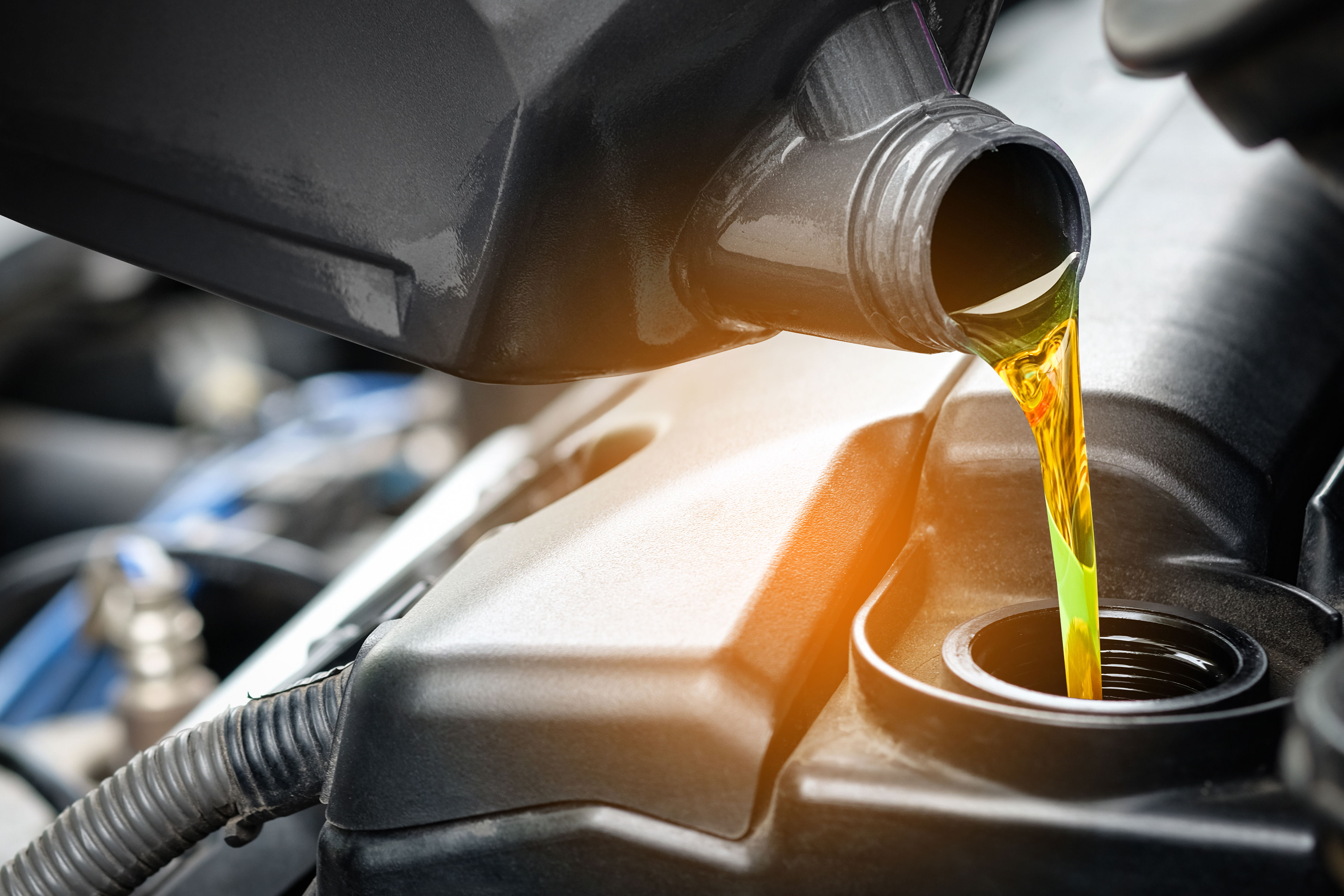Please carefully read our
term and policyy
we are your service
Book our "Consulting and Maintenance Service" today to ensure your systems and processes operate efficiently and without disruption. Our experienced professionals cater to your specific needs, providing tailored solutions and routine maintenance for optimal performance. Schedule your consultation now!
- Type of Service All
- Service Length: 01:30 Hours
- Address Unity Estate, Michael Ayeni Drive, Balogun Ave, Lagos, Nigeria (Map)
- More Info: 814 034 7298
- Price:₦2000 - ₦5000
OUR COMPANY POLICY
1. Scope: This policy applies to all subscribers of S4A Consult Services, including individuals and corporate entities.
2. Subscription: Subscription is ₦5,000/month, payable in advance, and grants access to our consulting services, phone support, free tools (weekends only), maintenance guidance, and notifications/reminders.
3. Services: We provide expert consulting services to guide subscribers in performing self-service repairs and maintenance on their vehicles, including troubleshooting, diagnosis, and repair guidance.
4. Phone Support: Available from 6am to 10pm, Monday to Saturday, our phone support team will assist subscribers with any vehicle-related issues or concerns.
5. Free Tools: Subject to terms and conditions, subscribers can access free tools on weekends only, for use in performing self-service repairs and maintenance.
6. Maintenance Guidance: We provide instant solutions for minor vehicle issues, empowering subscribers to take control of their vehicle's maintenance.
7. Notifications/Reminders: We send reminders for due services, oil checks, and other important dates to ensure subscribers stay on top of their vehicle's maintenance.
8. Cancellation: Subscribers can cancel anytime, but no refunds will be issued for the current month.
9. Data Protection: We collect and store subscriber data for internal use only, and will not share or disclose this information to third parties.
10. Liability: We are not liable for damages or losses resulting from our services, including but not limited to vehicle damage, personal injury, or financial loss.
11. Certificate of Completion: Subscribers who attend classes for 3 consecutive months will be eligible for a Certificate of Completion, acknowledging their participation and completion of our consulting services program.
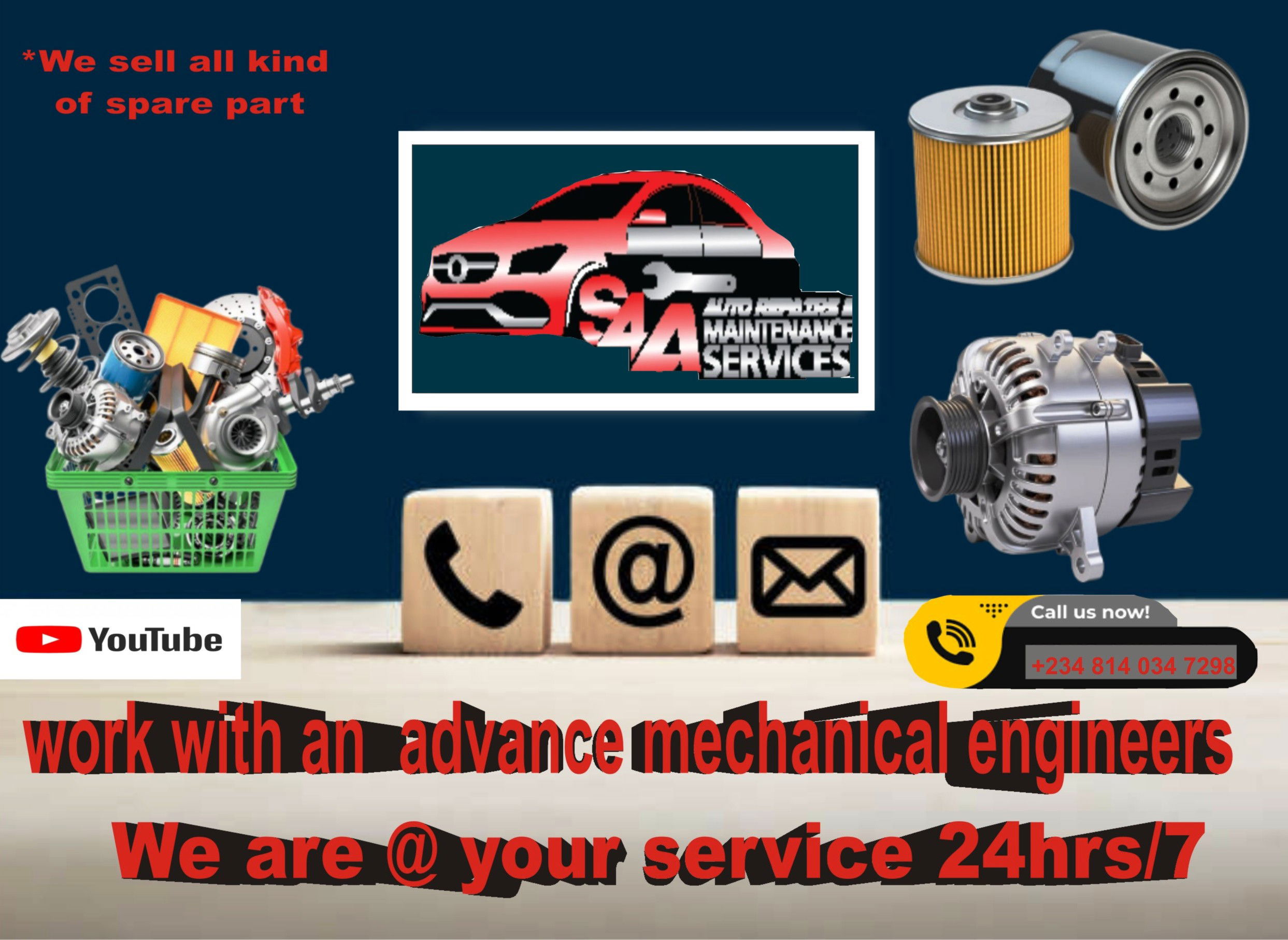
policy
Car delivery policy
Our Car Delivery Policies
Vehicle Inspection and Condition:In S4a we carefully inspect the vehicle thoroughly for any damage, defects, or missing accessories before we deliver to our Customers.We ensure that the car must be in an operating condition, and be satisfied with its suitability and compliance with safety standards.
- In S4A we ensure that all our drivers have a valid driver's license, we have an insurance policy covered, and relevant payment documents, agreement form, ready.
- The owner will provide us with necessary documents and prove of ownership or third-party approved document and any applicable lease or finance agreements. Because of our standard and reputation we don’t accept any form of illegal activity.
- We ensure all outstanding payments are settled before delivery, including any arrangement fees or deposits.
- Be aware of potential delivery costs, which may be included in the lease agreement or charged separately, especially for specific regions or transporter delivery
Delivery Location and Method:
- We deliver typically to our customer’s home or business address, but alternative arrangements must be approved in advance.
- We may drive the vehicle to the location or by a transporter, depending on the location. Our delivery within Lagos is free.
- We Discuss and confirm the exact delivery date and time with the customer.
- Be aware of potential delays, which can sometimes incur additional charges or result in cancellation fees.
- In terms of cancelling or returning a vehicle back to our office due to any reason raise by the owner involves additional charge, mostly when it is at the owner’s convenience..
- If shipping a vehicle delivery cost apply and must be cleared before shipment.
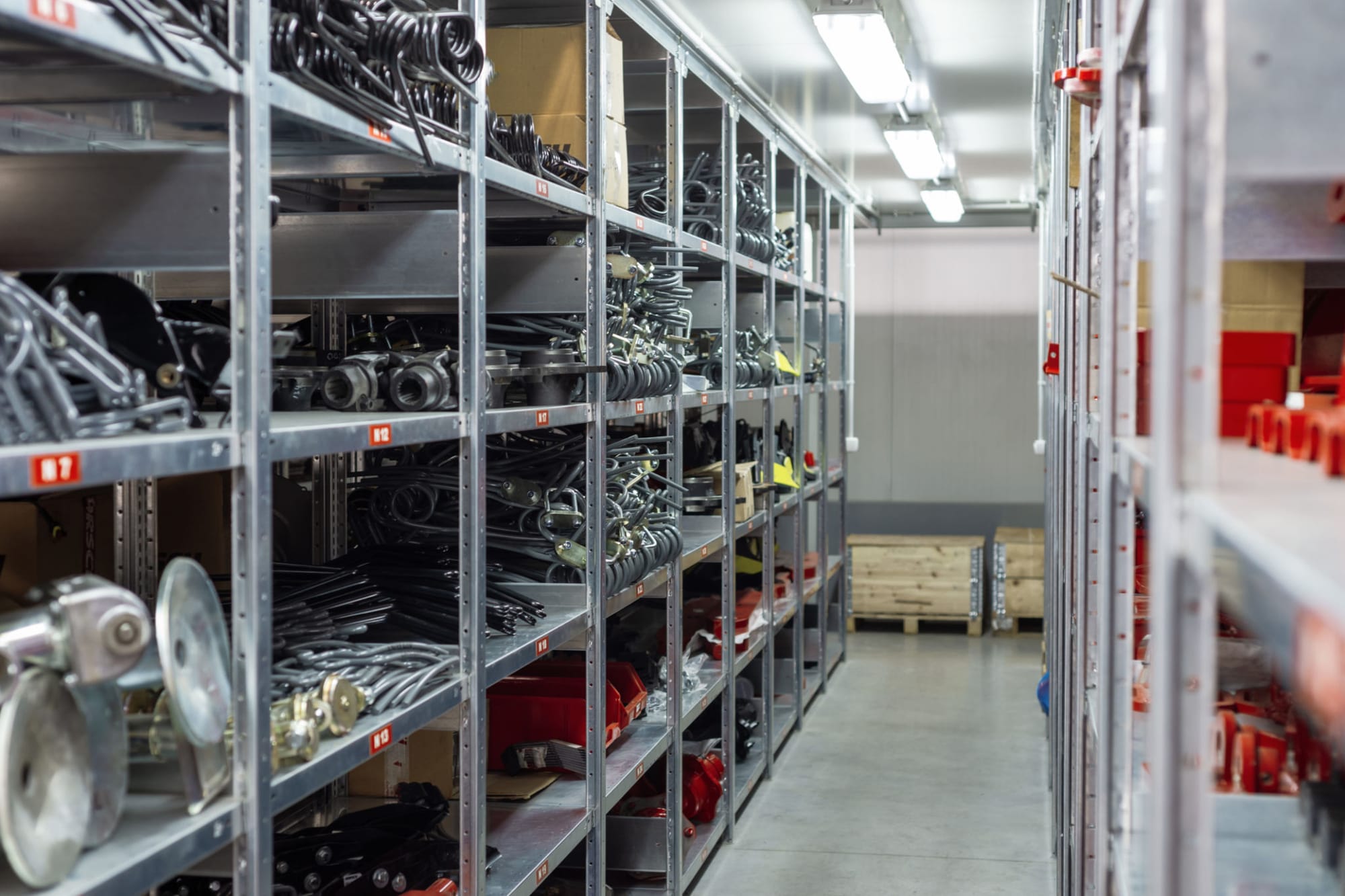
Got questions that need answering?
Company policy /offer
Company policy /offer
1. Scope: This policy applies to all subscribers of S4A Consult Services, including individuals and corporate entities.2. Subscription: Subscription is ₦5,000/month, payable in advance, and grants access to our consulting services, phone support, free tools (weekends only), maintenance guidance, and notifications/reminders
.3. Services: We provide expert consulting services to guide subscribers in performing self-service repairs and maintenance on their vehicles, including troubleshooting, diagnosis, and repair guidance
.4. Phone Support: Available from 6am to 10pm, Monday to Saturday, our phone support team will assist subscribers with any vehicle-related issues or concerns.
5. Free Tools: Subject to terms and conditions, subscribers can access free tools on weekends only, for use in performing self-service repairs and maintenance.
6. Maintenance Guidance: We provide instant solutions for minor vehicle issues, empowering subscribers to take control of their vehicle's maintenance.
7. Notifications/Reminders: We send reminders for due services, oil checks, and other important dates to ensure subscribers stay on top of their vehicle's maintenance.
8. Cancellation: Subscribers can cancel anytime, but no refunds will be issued for the current month.
9. Data Protection: We collect and store subscriber data for internal use only, and will not share or disclose this information to third parties.
10. Liability: We are not liable for damages or losses resulting from our services, including but not limited to vehicle damage, personal injury, or financial loss.
11. Certificate of Completion: Subscribers who attend classes for 3 consecutive months will be eligible for a Certificate of Completion, acknowledging their participation and completion of our consulting services program.
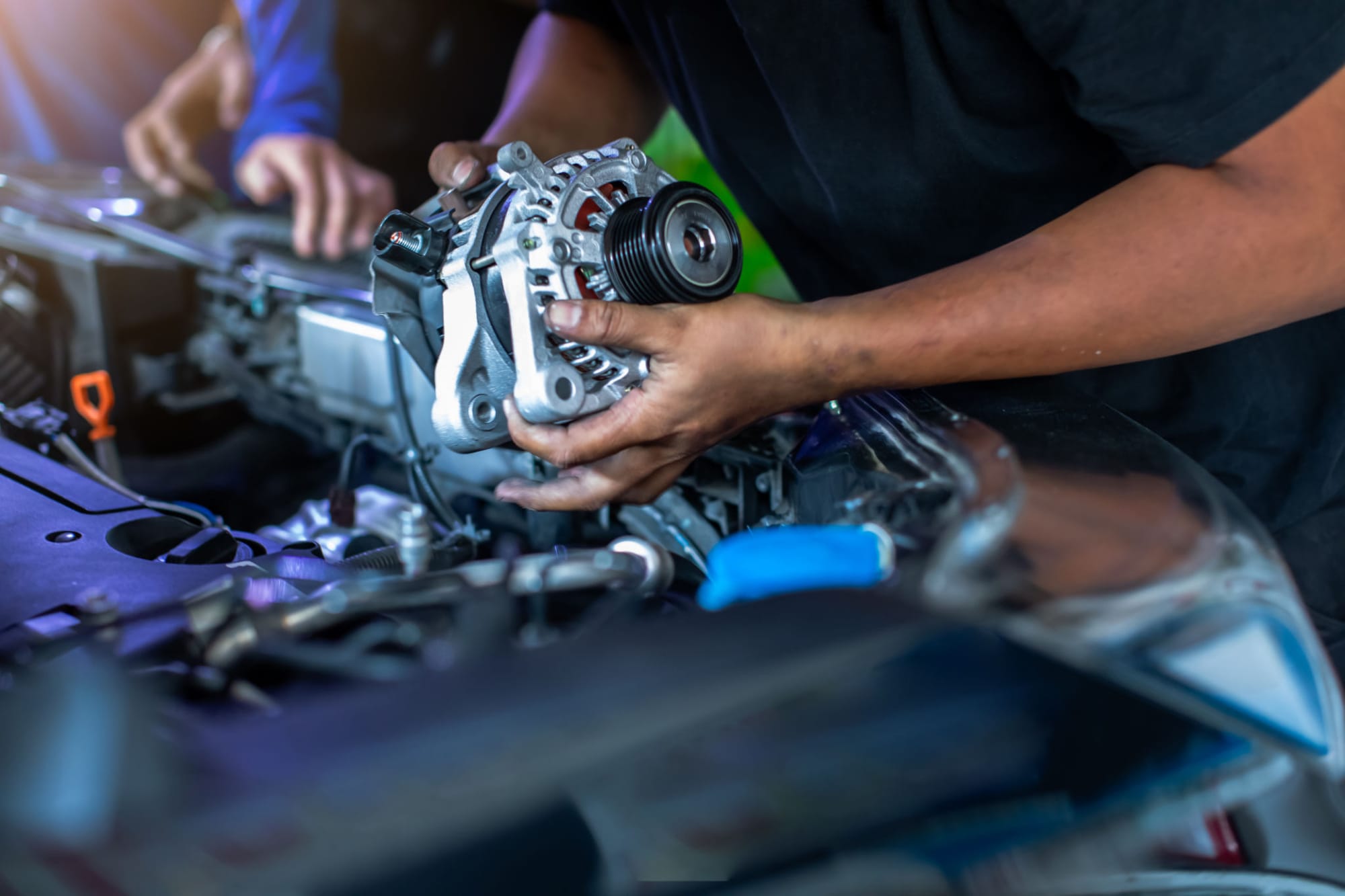
Subscribers Terms
Subscribers Terms
1. Acceptance: By subscribing, you agree to these T&C and our policy.
2. Services: We provide consulting services as described on our website, and reserve the right to modify or discontinue service at any time.
3. Prices: ₦5,000/month, subject to change with notice, and payable in advance.
4. Payment: Payment is due on the first day of each month, and late payments may incur additional fees.
5. Cancellation: Allowed anytime, but no refunds will be issued for the current month.
6. Governing Law: These T&C are governed by [State/Country] laws, and any disputes will be resolved through binding arbitration.
7. Changes: We reserve the right to update these T&C without notice, and subscribers are responsible for reviewing updates.
8. Disclaimer: We are not responsible for damages or losses resulting from our services, including but not limited to vehicle damage, personal injury, or financial loss.
9. Indemnification: Subscribers agree to indemnify and hold harmless S4A Consult Services, its officers, directors, employees, and agents, from any claims or damages arising from use of our services.
10. Entire Agreement: These T&C constitute the entire agreement between S4A Consult Services and subscribers, superseding all prior agreements or understandings.
11. Certificate Terms: The Certificate of Completion is only available to subscribers who attend classes for 3 consecutive months, and is subject to our discretion. We reserve the right to withhold or revoke the certificate if we determine that the subscriber has not met the requirements or has violated our terms.
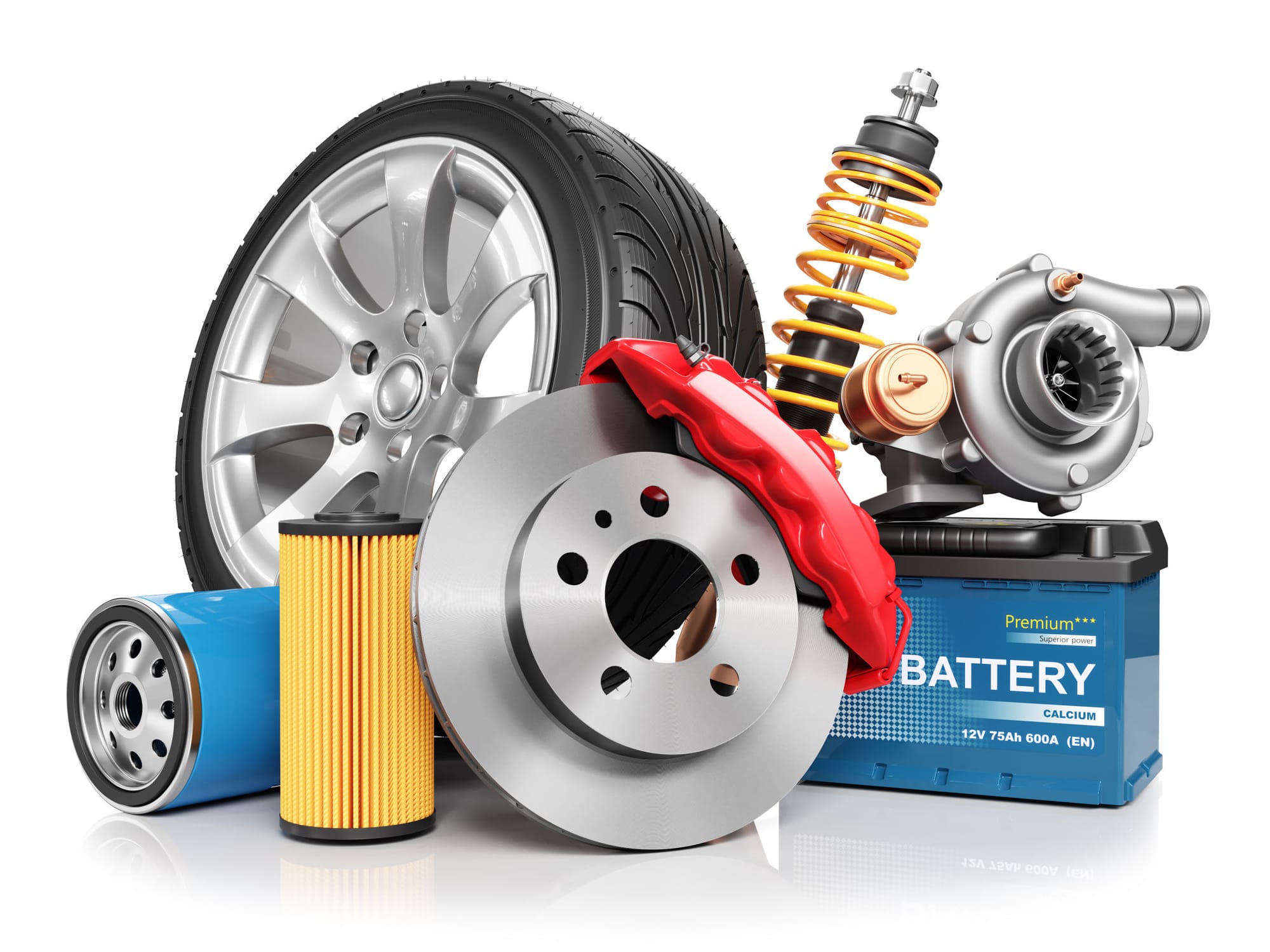
Useful Information For your Car Maintenance
Useful Information For your Car Maintenance
Preventive Maintenance S Outlines regular tasks based on mileage or time, such as oil changes, tire rotations, and fluid checks, often following guidelines like the 30/60/90,000-mile rule.
Driver Responsibilities:
This is Specifically driver duties,
- Including conducting pre-trip inspections,
- Checking fluids
- And promptly reporting any mechanical problems or issues to SA4 Auto Repair for quick action
Mechanic/Service Follow our preventive maintenance schedule and ensuring parts are replaced correctly.
Record Keeping: Emphasizes the importance of maintaining thorough records of all maintenance performed, repairs, and inspections for each vehicle, as required by law and good business practice.
Accident and Incident Reporting: Procedures for documenting accidents and other incidents, ensuring they are followed up with proper maintenance and repairs.
Compliance: Be Commited to all relevant laws, regulations, and manufacturer guidelines for vehicle maintenance. Benefits of a Car Maintenance Policy
Enhanced Safety: Ensures vehicles are in good working order, reducing the risk of accidents caused by mechanical failures.
Increased Reliability: Minimizes unexpected breakdowns and downtime, keeping vehicles operational.
Extended Vehicle Life: Regular maintenance helps prolong the lifespan of the vehicle's components.
Cost Savings: Prevents more expensive repairs that result from neglected maintenance and reduces operating costs.
Regulatory Compliance: Helps meet legal requirements for maintaining company-owned vehicles. How to Implement a Policy
1. Familiarize Yourself with the Owner's Manual: Use the manufacturer's recommendations as a baseline for your policy.
2. Develop a Standardized Schedule: Create a schedule for routine checks and services for all vehicles in the fleet.
3. Establish Clear Procedures: Define clear roles, responsibilities, and reporting structures for drivers and maintenance staff.
4. Utilize Technology: Use maintenance software or logs to track maintenance history and schedule upcoming services efficiently. 5. Conduct Regular Reviews: Periodically review and update the policy to ensure it remains effective and compliant with current regulations and needs.
